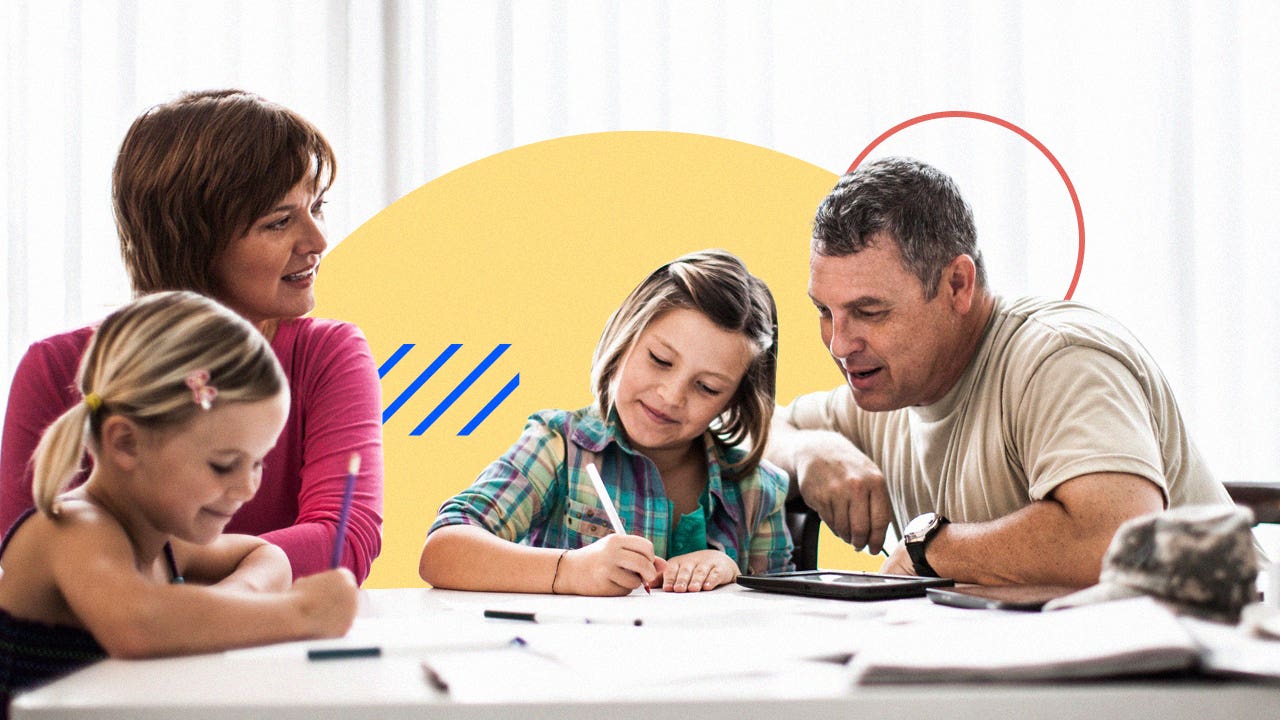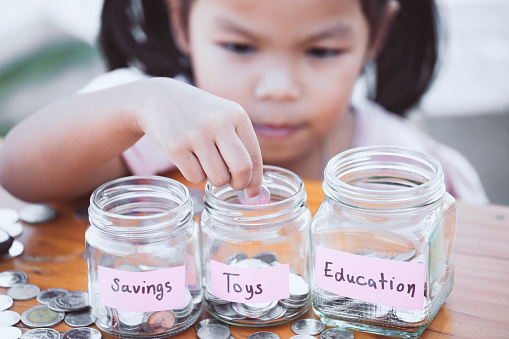Teaching Kids Household Finance: Understanding Utility Bills and Living Expenses
Teaching Kids Household Finance: Understanding Utility Bills and Living Expenses
Helping children understand household finances is an essential step toward building financial literacy. By involving kids in tracking utility bills and everyday living expenses, they learn to appreciate the cost of maintaining a home and develop practical money management skills. In this blog post, we'll explore how to teach children about utility bills like electricity and water usage while promoting responsible habits.
Why Teach Kids About Household Finances?
Understanding utility bills and living expenses equips kids with valuable life skills. It fosters awareness of consumption, encourages energy conservation, and helps them become more financially responsible adults.
Step 1: Introduce Utility Bills
Start by showing your child a recent utility bill. Explain the basic components, including:
- Service Provider Information: The name of the company and contact details.
- Usage Details: Breakdown of electricity or water usage.
- Billing Period: The time frame the bill covers.
- Total Amount Due: How much needs to be paid.
Step 2: Explain Electricity Costs
Use simple examples to explain how electricity usage is calculated:
- Kilowatt-Hours (kWh): Explain that electricity is measured in kilowatt-hours.
- Cost Per kWh: Show how the cost is calculated based on usage.
- Usage Examples: Discuss common household items and their typical energy consumption, like refrigerators, TVs, and washing machines.
Activity: Estimating Electricity Usage
- Pick a household appliance and estimate how much it costs to run per month.
- Let your child use a calculator to multiply the kWh by the cost rate.
- Compare estimates with the actual bill.
Step 3: Discuss Water Usage and Costs
Explain how water bills are calculated based on the amount used:
- Meter Readings: How water usage is tracked.
- Cost Per Gallon/Liter: Demonstrate how the total cost is calculated.
- Conservation Tips: Teach practical ways to reduce water consumption, like shorter showers or fixing leaks.
Activity: Tracking Water Usage
- Measure how much water is used during daily activities (e.g., brushing teeth or washing dishes).
- Estimate the total monthly water consumption based on daily habits.
Step 4: Analyzing the Monthly Budget
Show your child how utility bills fit into the overall household budget:
- Fixed vs. Variable Costs: Explain which expenses change month to month.
- Budget Impact: Discuss how high utility bills affect the overall budget.
- Savings Strategies: Talk about simple ways to lower utility costs.
Making It Fun and Interactive
- Bill Comparison: Compare past utility bills to see patterns and improvements.
- Challenge: Set a goal to reduce electricity or water usage by a specific amount.
- Reward System: Offer a small incentive for successfully conserving resources.
Final Thoughts
Teaching kids about household finances, including utility bills and living expenses, is a practical way to build financial awareness. By understanding the costs involved in daily living, children learn to make more thoughtful and sustainable choices.
Amazon best seller






Comments